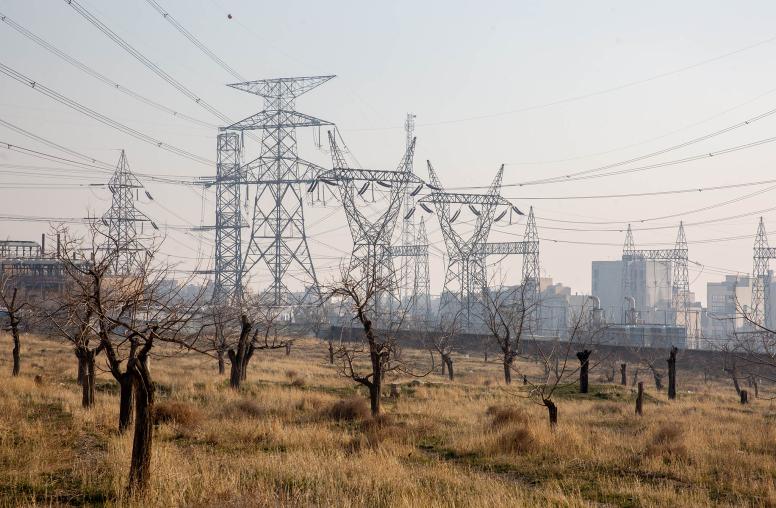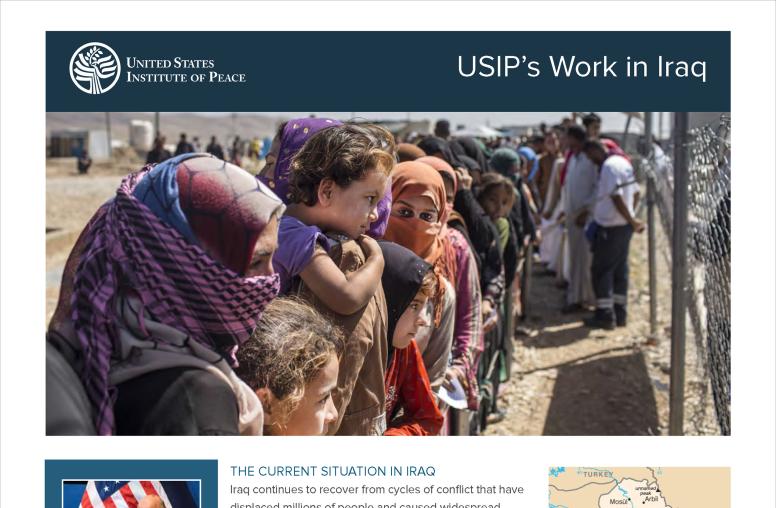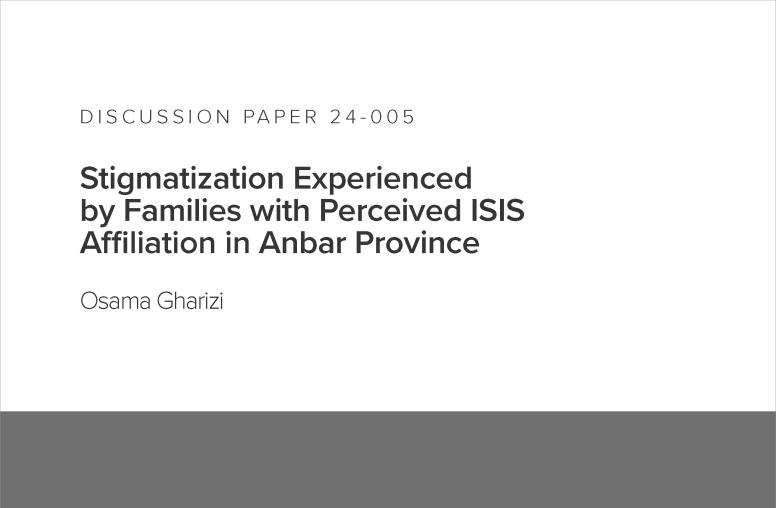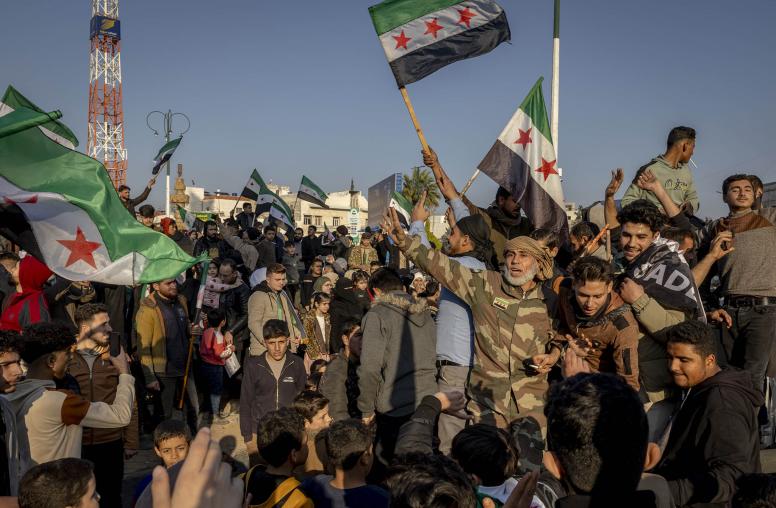The Economics of Peace
It’s all about numbers these days--costs, savings, debt, deficit and spending. That’s good news for those who work in the field of international peacebuilding and conflict prevention. We’re the best bargain in town.
The total national and regional cost of a single civil war is more than $64 billion, according to Paul Collier, noted expert and author.
Violent conflicts are estimated to incur billions of dollars of costs for the United States and the countries in which they occur. Nearly $5 billion was spent by the international community on Rwanda and Haiti, each, in the 1990s. The Bosnian conflict cost at least 10 times as much. (see Brown & Rosencrance, 1999). For the United States alone, according to economist Joe Stiglitz, the Iraq war will cost America $3 trillion or more.
Enter peacebuilding. For very low costs and little or no loss of life, conflict prevention can save billions of dollars.
Take Iraq. In Mahmoudiya, south of Baghdad, conflict was raging during 2007. The United States Institute of Peace was operating an office in Baghdad working on helping local Iraqis mediate their own disputes. A call came to USIP from the embassy asking if USIP could assist the 10th Mountain Division of the U.S. Army in a reconciliation effort in Mahmoudiya known then as the “Triangle of Death,” where U.S. military personnel were getting killed and injured.
For the equivalent of about $250,000, USIP brought together the tribal leaders of that Iraqi region for three days of serious conflict negotiation work. The result was, according to General David Petraeus, “a striking success story.” It saved lives and money and became a model for future cost efficient ways to prevent loss of life and treasure. Says Petraeus, “USIP’s continuing reconciliation efforts at the community level, especially in Diyala and Ninewa, as well as at the national level in Baghdad, hold great promise for the future.”
The moral of the story is prevention. According to the Carnegie Commission on Preventing Deadly Conflict—prevention works. “In every case we examined…conflict prevention actually cost or would have cost the international community much less than the conflicts themselves. In some cases, the cost difference is truly staggering- in short, conflict prevention is cost effective.”
America can no longer afford to sit on the sidelines and watch conflicts erupt. Nor can we afford not to invest in conflict prevention. The savings of stopping violence around the world before it starts are too great and too urgent.



